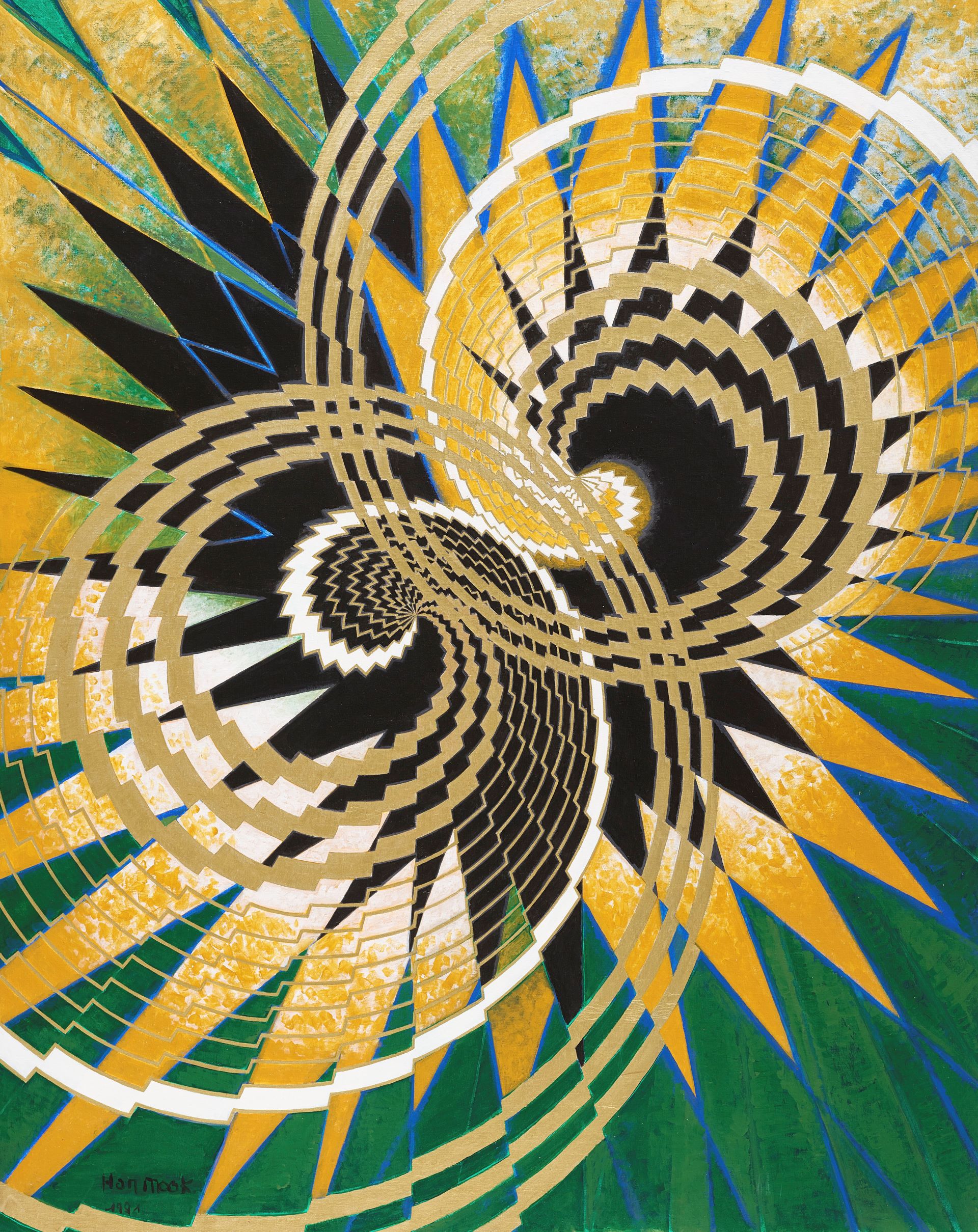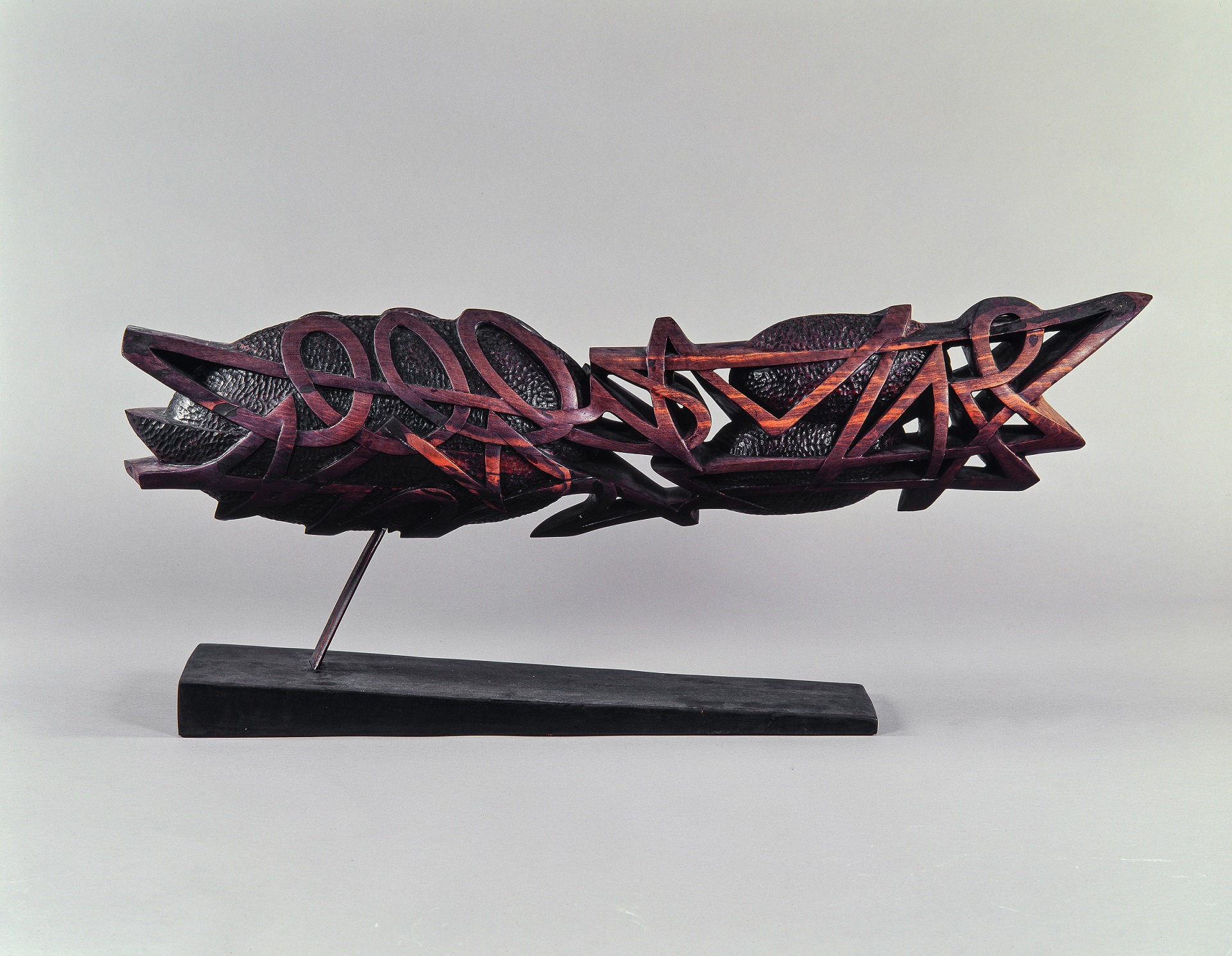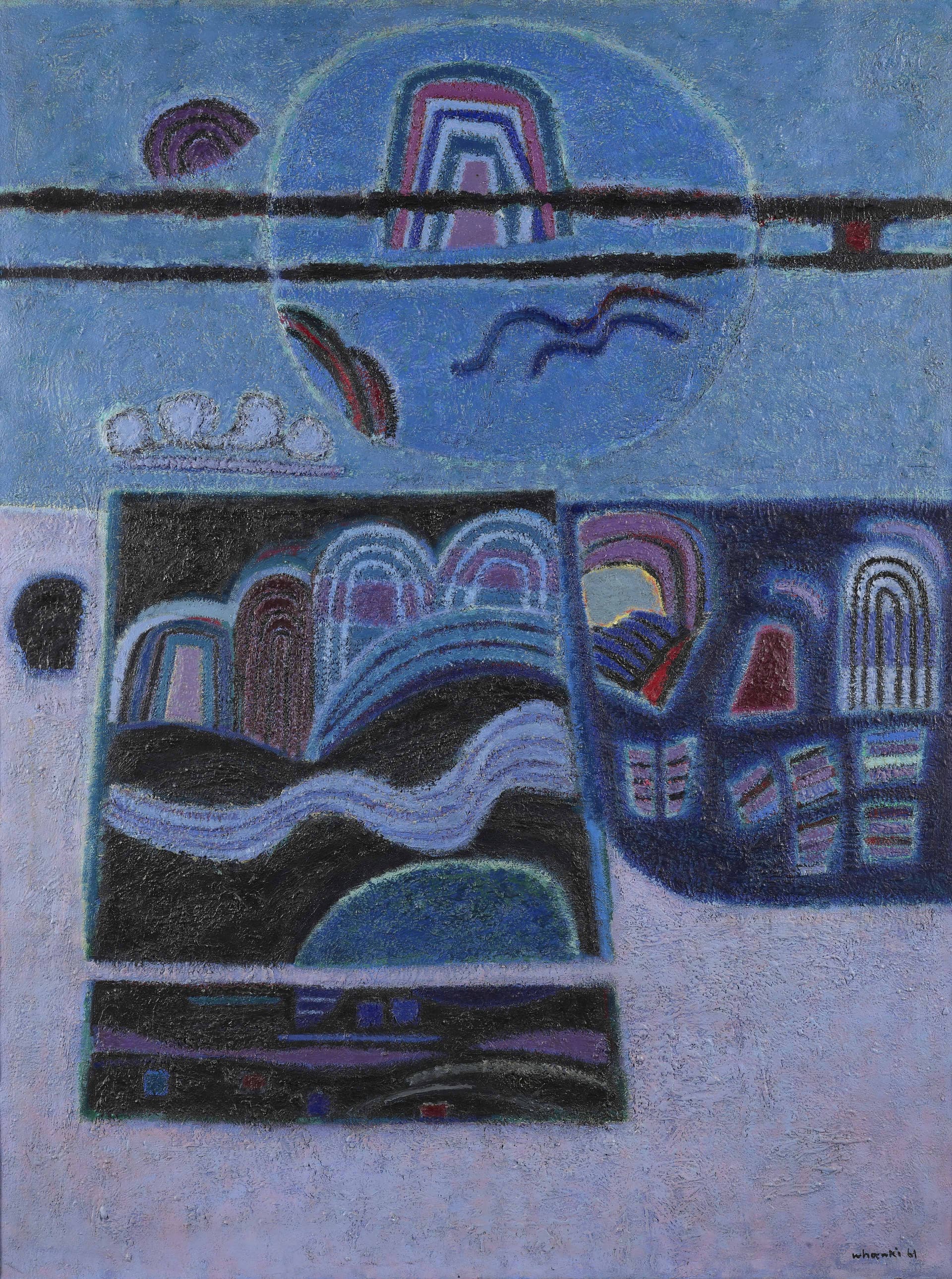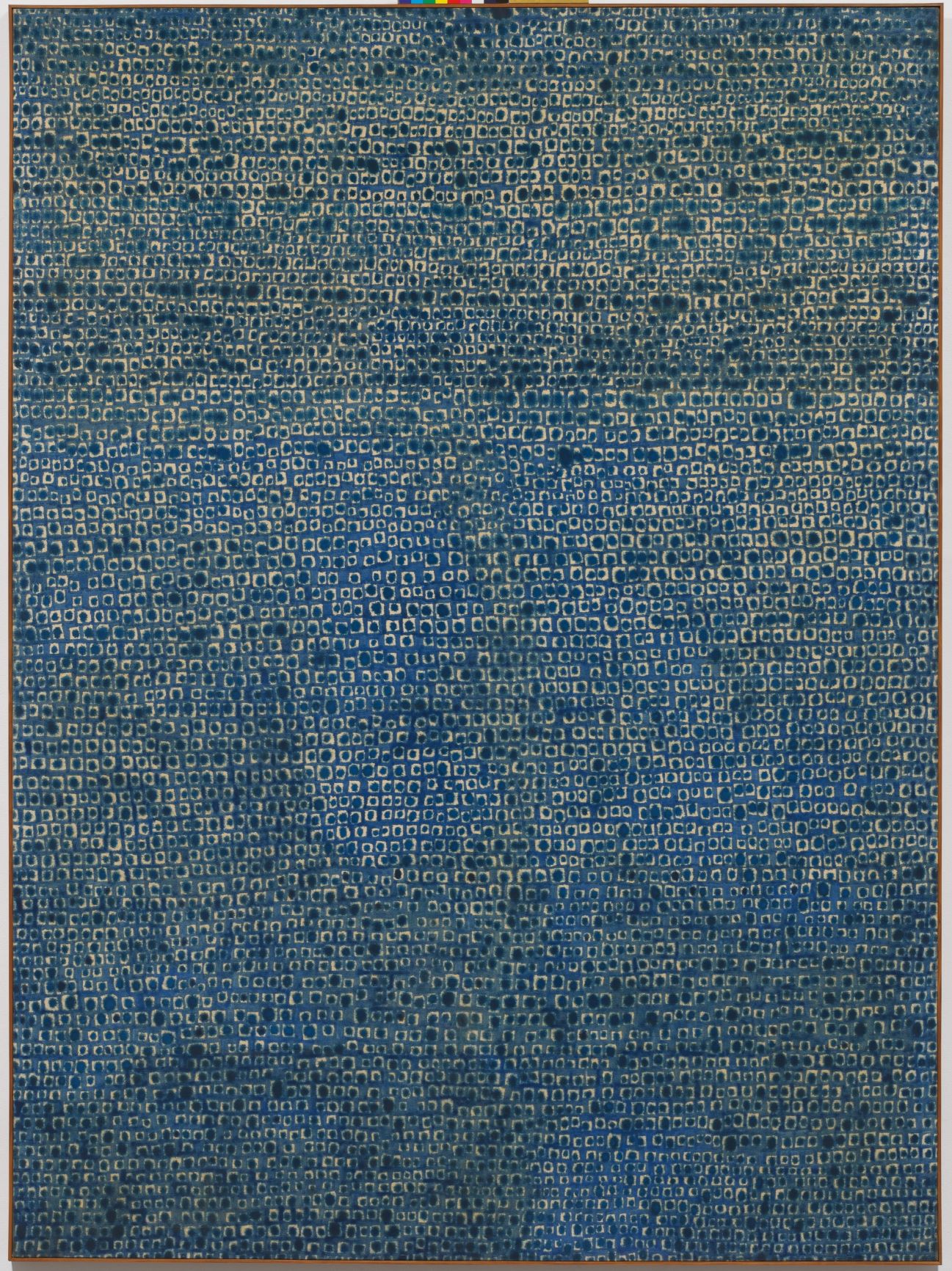![Second Half Group [Hubangihoe]](/admin/uploadGoods/38a84691-b3ca-47c3-940f-0072109a71ca.jpg)
The First Second Half Exhibition, Brochure, 1952, MMCA Art Research Center Collection, Gift of Kim Bogg
Second Half Group [Hubangihoe]
* Source: Multilingual Glossary of Korean Art. Korea Arts Management Service
Related
-

Han Mook
Han Mook (1914-2016, pen name Mook, real name Han Baekyu, Japanese name Momoda), was born in Seoul and moved to Manchuria in 1932. He studied painting at the Ogwahoe Art Research Institute in Dalian and started to create his own works. In 1935, he moved to Japan, and studied at Kawabata Art School. After he returned to Korea in 1944, he taught at Geumgang Middle and High Schools in Goseong. When the Korean War broke out, he fled to Busan in 1951 and returned to Seoul in 1953, where he taught at Osan Middle and High Schools. He taught as an art professor at Hongik University in 1955 and led the foundation of the Modern Art Association in 1957. To concentrate on his creative practice, he departed to Paris in 1961 and studied etching at Atelier 17 in 1971. He died in Paris in 2016. Mook explored the gradation from figuration to non-figuration, and during the 1960s, he created works based on pure vertical and horizontal compositions while also using collage techniques and strong matiere. In the 1970s, he created many etched and abstract geometric works in acrylic, that represented the interlocking time and space of the universe in concentric circles and radiation. Since the mid-1980s, narrative and formative elements began to dominate within his work as he investigated the theme of introspection. He also created calligraphy, drawing, and collage works on traditional Korean Hanji paper and cloth.
-

Moon Shin
Moon Shin (1923-1995) was born from a Korean father and a Japanese mother. He moved to Japan in 1939 to learn Western painting at Nihon Art School. After Independence in 1945, he returned to Korea and held several solo exhibitions. His early works were mainly in the manner of Western academic paintings while his works from the 1950s alternated between painting and working in relief. From 1961 to 1965, he stayed in Paris and focused on abstract art in earnest. He was commissioned to remodel an old sixteenth-century castle 80 kilometers from Paris. He practiced a variety of media, including plastering, stone work, wooden work, and decoration. His remodelling of this castle triggered his interest in sculpture as he constructed the scaffolds for the work on his own. He worked as a professor at The Paris École Des Beaux-Arts in 1963 and taught art at the Fine Art College, Hongik University after his return to Korea in 1965, and held solo exhibitions. From 1967 to 1979, he again moved to Paris to concentrate on sculpture. He later settled in Masan, South Korea and established an art gallery and sculpture park. He created Olympic Harmony, a 25-meter stainless steel totem-like work in the Seoul Olympic park in 1988. Also representative of Moon’s work is his Ant series, and his Totem both of which reflect his interest in symmetry, balance and harmony. His work has often been considered as an attempt to reflect the “vitality” of the world, based on his unique blend of macroscopic expression based on microscopic observation. Moon’s oeuvre offers a powerful contrast to the popular tradition of lyrical abstraction within Korean modernist sculpture.
-

Kim Whanki
Kim Whanki (1913-1974, pen name Suhwa) was born in Sinan, Jeollanamdo, and his family origin was from Gimhae. He studied at the Department of Fine Arts at Nihon University, Tokyo, Japan from 1933 to 1936. He joined the Avant-Garde Western Art Institute in 1934 and submitted his work to Avant-Garde art associations, such as the Second Division Exhibition Nikaten (Nika Art Exhibition) and the Exhibition of the Free Artists Association (Jiyu Bijutsuka Kyokai). After independence, he organized the New Realism Group and worked as a professor in the Department of Fine Art at Seoul National University (1946-1950) and Hongik University (1952-55). He lived in Paris from 1956 to 1959, and after his return, he became a professor and later the Dean of the Fine Art College at Hongik University (1959-1963). He participated in the seventh Sao Paulo Biennale and won an honorary award, and then moved to New York. He abruptly passed away while having a solo exhibition at Poindexter Gallery, New York, ironically when his career in the US was at its peak. As a pioneer of Korean abstract art, he started by working in geometric abstraction and moved on to semi-abstract work that featured natural motifs such as the mountain, the moon, and the river. After moving to the U.S., he returned to abstraction with his so-called "dot paintings." His painting 16-Ⅳ-70 #166 Where, in What Form, Shall We Meet Again? (1970), was awarded a grand prize at the Korean Art Grand Award Exhibition and has inspired many contemporary Korean artists. His work Rondo (1938) was selected as No. 535 within the national Registered Cultural Properties.







